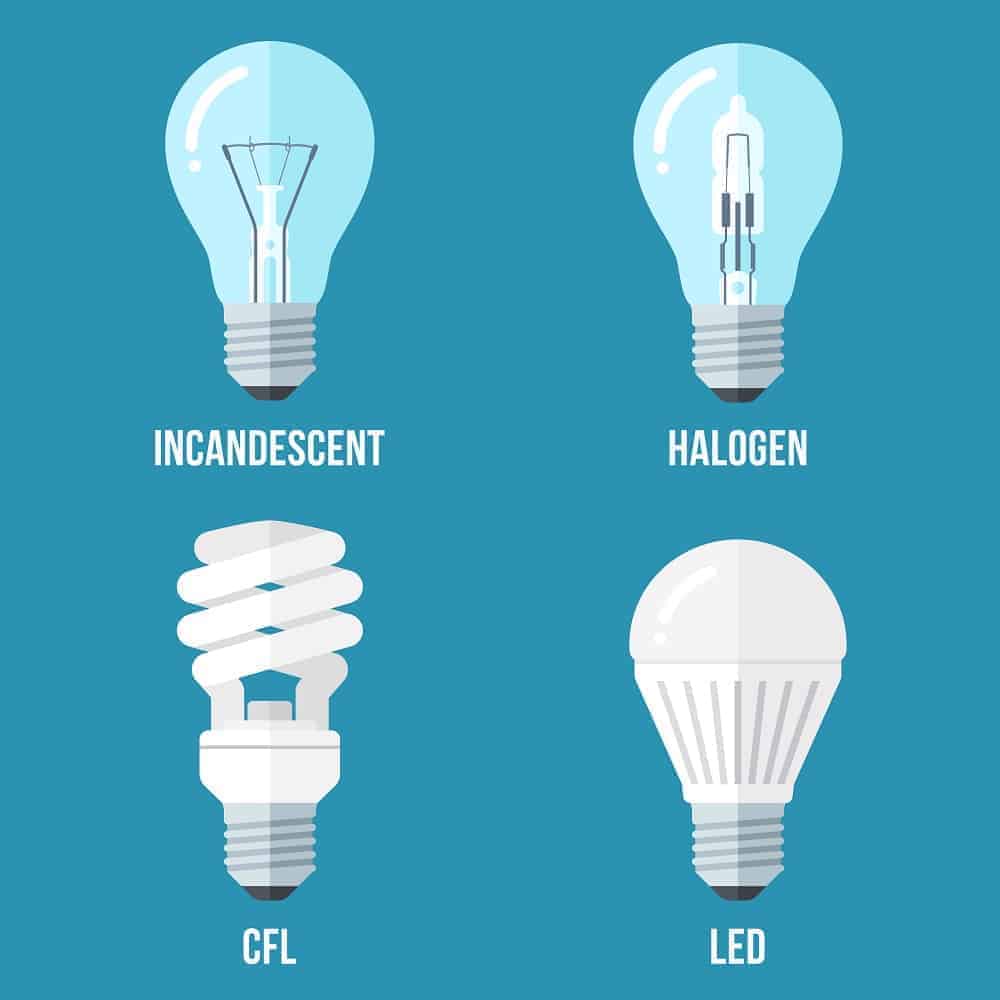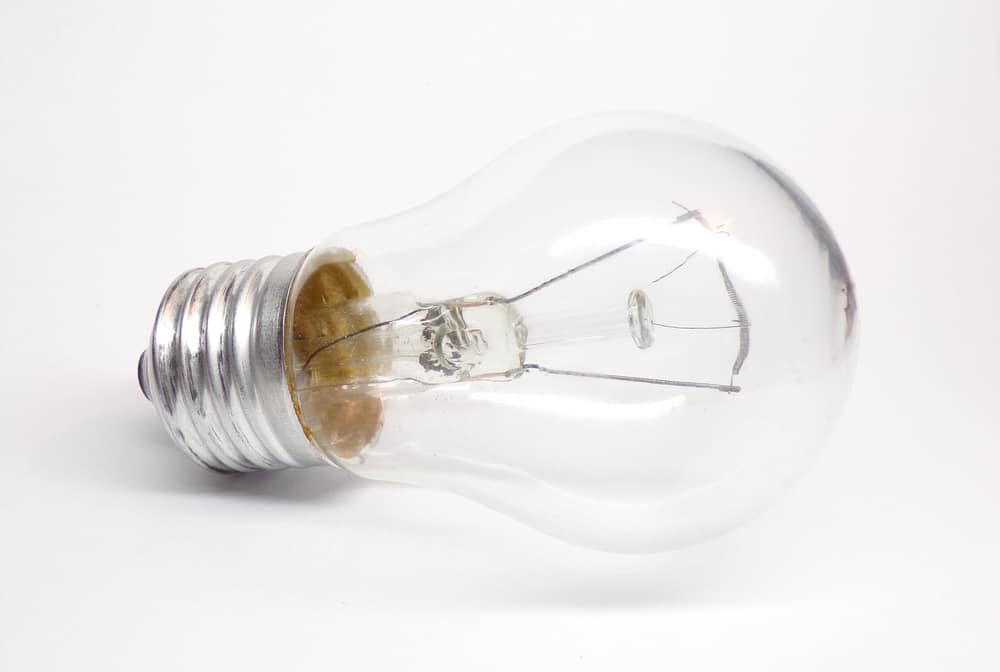We’ve all heard the story of Benjamin Franklin and his lightning kites. And most of us know about Thomas Edison’s endless attempts at light bulbs. But these days, there are lots of different lighting options. The bulk of them are driven by aesthetics, but there are other factors too.
For the modern consumer, energy-efficiency is more important than style. This isn’t just about lowering utility bills. Bulb users are also concerned about energy conservation and environmental protection in general. So let’s look at which bulbs are the best for your pocket.

Understanding How Light Bulbs Work
Have you ever wondered why your room feels colder (and quieter) during a power outage? It’s because energy can’t be created or destroyed. It can only be converted from one form to another. In the case of traditional light bulbs, heat energy is turned into light energy, though a lot of it gets wasted along the way. Unfortunately, that ‘wasted heat’ still uses up electricity.
So if you’re looking to make your light bulbs more energy-efficient, you can either reduce heat production, use up more of the heat released, or turn more of that heat into light. Different types of bulbs do this is different ways. Some create a vacuum inside the bulb so that the filament glows brighter and releases more visible light. Others use gases to brighten the light produced.
In some lights, the filaments and gases are omitted. Instead, semiconductors are used. These semiconductors pass an electric current through a diode with a negative charge. The electrons within the current release photons pumped full of electromagnetic radiation. When these photons collide and combine, they produce bright lights while using up minimal power.
Linking Brightness to Efficiency
When you’re dealing with light bulbs, some ideas may feel alien. For example, there’s a trend of using artificial LED grow light to simulate photosynthesis. This digs into the quality and intensity of light produced, and whether it can cause germination and growth. But on a more elementary level, it helps to know the difference between energy used and energy produced.
To start with, let’s look at the terms used within the light bulb space. They include:
- Voltage – the amount of electricity that passes through your cables. This is how much power you can potentially access when you plug in your device. In the US, it’s 110/120V.
- Wattage – Even with 120V coming out of your sockets, you can’t use it all at once. And every gadget has its own specified about. Wattage is measured in joules used per second.
- Lumens – This is the light you can actually see. It describes the brightness of your bulb. Different bulb types can achieve the same brightness (lumens) at different wattages.
To help us understand this better, let’s look at some common wattages and how they translate into brightness. We’re going to assess the luminosity (lumens per watt) of dim and bright bulbs. For reference, lumens are abbreviated as lm, Watts as W, and Volts as V. Roughly, incandescent tungsten bulbs produce 10 lumens per watt while CFLs offer closer to 40 lumens per watt.
| Type of Bulb | Dim Light (400 – 500 lm) | Bright Light (1300 – 1500 lm) |
Tungsten | 40W | 100W |
| Halogen | 28W | 70W |
CFL | 9W | 20W |
| LED | 6W | 18W |
Distinguishing Types of Light Bulbs
While the premise of light bulbs is similar, their specifics vary. And it’s these variations that dictate how efficient your bulbs are. The goal is to harvest the maximum amount of heat and seamlessly convert it into light waves, so let’s see how each bulb category does that.
Point of note, bulbs were marked in watts until 2011 when the FTC (Federal Trade Commission) mandated that bulbs be labeled in lumens as well as watts. This allowed for more consumer transparency while making it easier for buyers to convert their bulbs as needed.
1. Incandescent Tungsten Bulbs

